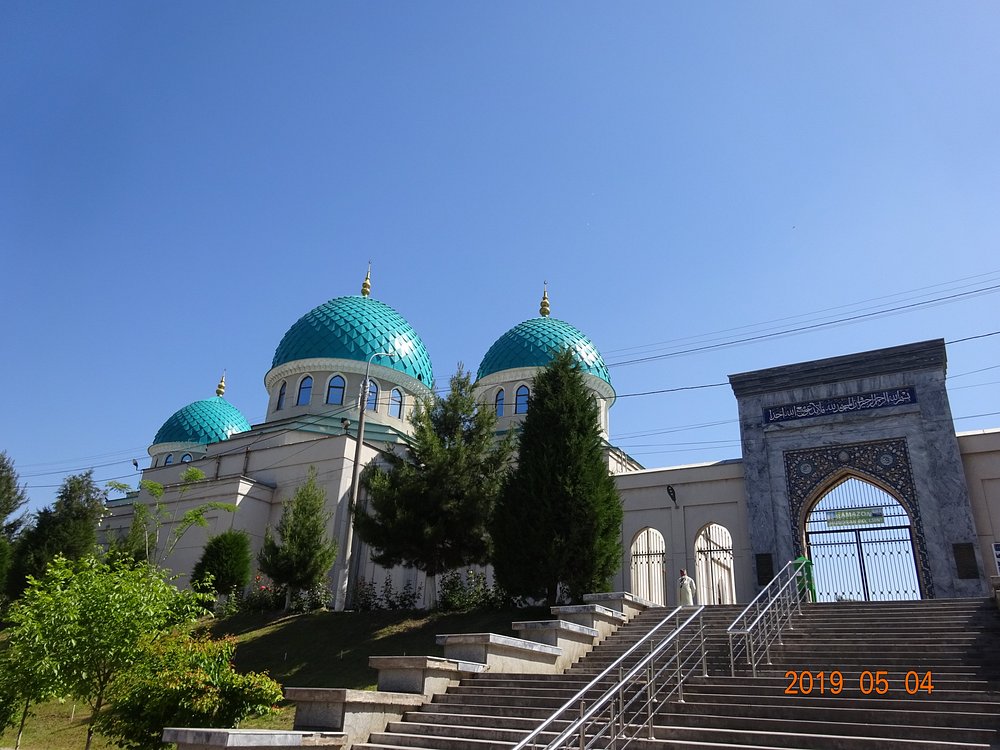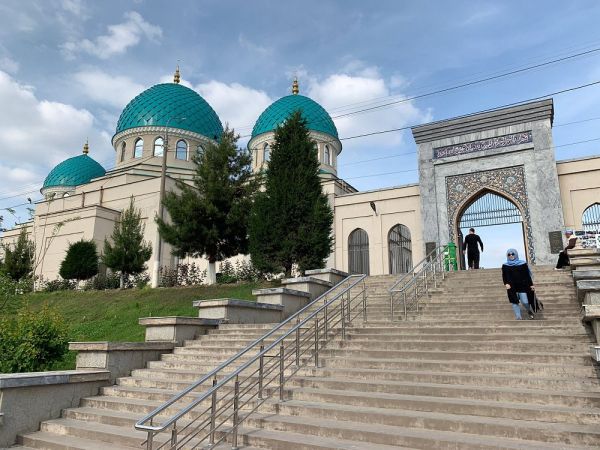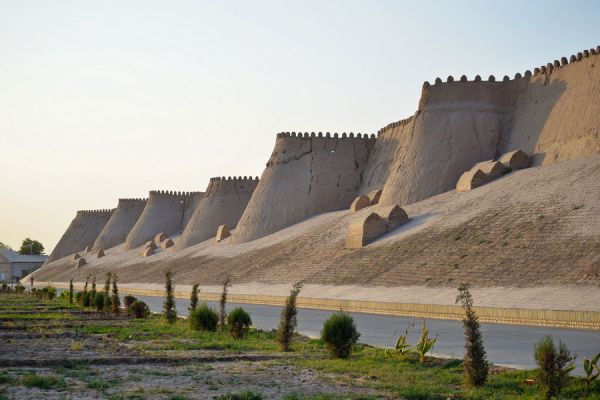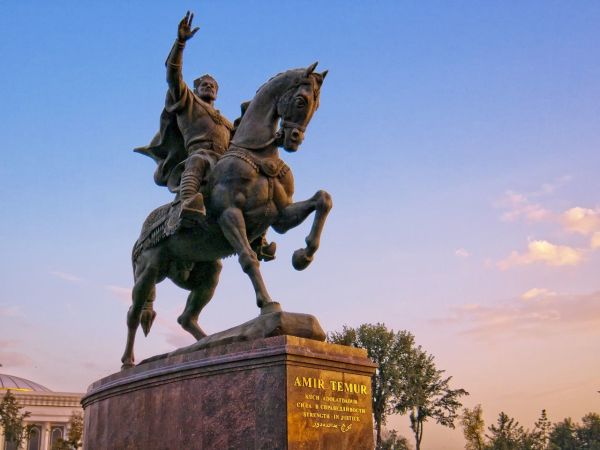Khoja Ahrar Wali Mosque
The Khoja Ahrar Vali Mosque is one of the most significant historical and religious attractions in Tashkent. This architectural monument reflects the rich cultural and spiritual heritage of Uzbekistan.
The mosque is named after the famous Islamic theologian, sheikh and public figure Khoja Ubaidullah Ahrar (Khoja Ahrar Wali), who made a great contribution to the development of Sufism and the strengthening of Islam in Central Asia.
Historical background
The mosque was built in the 15th century, during the reign of the Timurids, and has been rebuilt several times over its long history. Khoja Ahrar Wali, whose name the mosque bears, was an outstanding spiritual leader who was actively engaged in charity and support for ordinary people. He became known as a man who contributed to the development of science, religion and culture in the region.
In different periods, the mosque was destroyed due to earthquakes and time, but each time it was restored. The mosque's modern appearance is the result of restoration work that has preserved its historical significance and architectural grandeur.
Architectural features
The Khoja Ahrar Wali Mosque is a striking example of medieval Islamic architecture. It is made in the traditional style typical of mosques in Central Asia.:
Dome and minarets:
The central part of the mosque is decorated with a large dome, which symbolizes the heavenly connection. There are minarets on the sides, which give the building a majestic appearance.
Decor:
The building is decorated with ornate carvings, tiles and calligraphy reflecting Islamic traditions. The ornaments include geometric patterns and stylized floral motifs typical of the Timurid era.
Yard:
In front of the mosque there is a spacious courtyard surrounded by galleries with arches. This place has always attracted believers to pray and read the Quran.





























